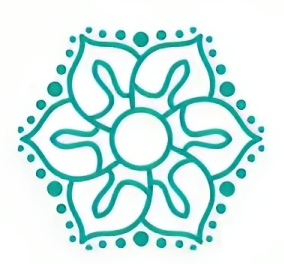Why Regular Massage from a Massage Therapist in Bath Should Be Part of Your Wellness Routine
In a world that moves faster every day, taking time to slow down and care for yourself isn’t just self-indulgence it’s necessary. Between stress from work, lack of movement, digital overload, and mental fatigue, our bodies and minds are under constant pressure. That’s where regular massage including options like the best massage therapists in Bath comes in, not as a luxury, but as an essential part of a sustainable wellness routine.
Whether you’re new to massage or already book massage treatments occasionally, here’s why making it a consistent habit can support your long-term wellbeing physically, emotionally, and even mentally.
How a Massage Therapist in Bath Can Help Ease Physical Tension and Pain
One of the most immediate effects of massage is the release of physical tension. This can come from poor posture, long hours in front of a screen, intense workouts, or just everyday stress. Over time, tension creates imbalances in the muscles and joints, which may lead to chronic discomfort or even injuries.
Deep tissue massage in Bath and sports massage in Bath are two highly effective modalities that help:
• Increase blood circulation to tense areas
• Loosen tight or overworked muscles
• Restore mobility and ease muscular pain
When done regularly, massage becomes not only a tool for relief but also for prevention, maintaining your body in better alignment and function.
Why Massage Therapists in Bath Are a Natural Solution for Better Sleep
Sleep disorders are more common than ever. Whether it’s difficulty falling asleep, restless nights, or waking up tired, many people struggle with consistent, restorative rest. Regular massage supports the parasympathetic nervous system, which helps you shift into a state of rest and relaxation.
Massage encourages the release of serotonin, a precursor to melatonin, the hormone that regulates your sleep-wake cycle. It also reduces cortisol, the stress hormone, helping your body unwind naturally.
As a result, people who receive massages consistently often notice:
• Falling asleep more quickly
• Sleeping more deeply
• Waking up feeling more refreshed
This makes massage an excellent complement to other sleep hygiene practices, and with more affordable massage therapy in Bath available, this wellness support is accessible to more people than ever.
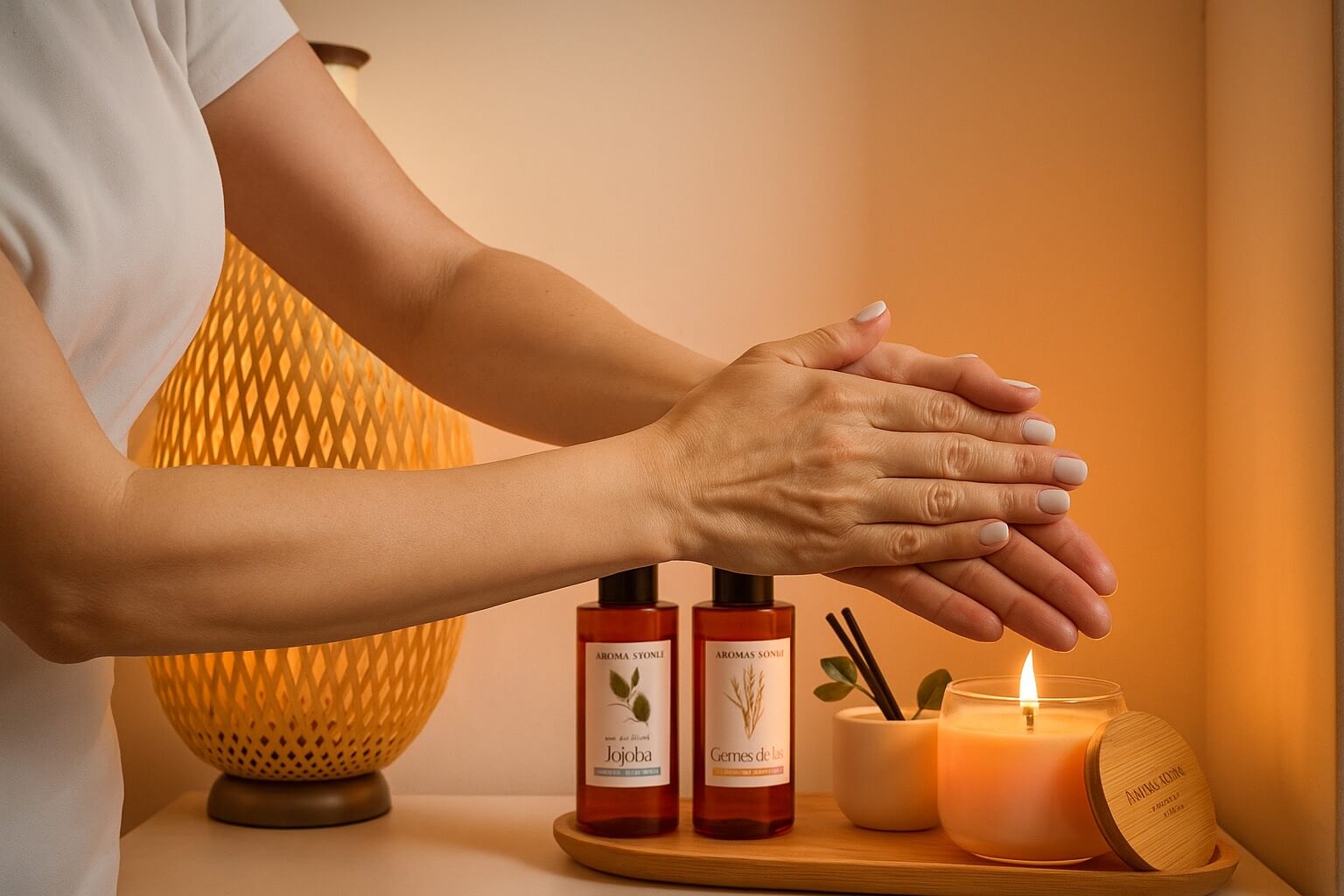
How a Massage Therapist in Bath Can Support Your Immune System
We don’t often think about how our immune system is connected to lifestyle, but stress, poor circulation, and inflammation all weaken our natural defenses. Massage plays a supportive role in immune health by stimulating the lymphatic system, which is responsible for removing waste, toxins, and pathogens from the body.
Lymphatic circulation doesn’t have a pump like the heart it depends on movement.
Massage helps manually stimulate lymph flow, which can lead to:
• Reduced fluid retention
• Improved detoxification
• A stronger immune response
Many expert massage and reflexology treatments include lymphatic stimulation to support the body’s natural healing processes.
Emotional Wellbeing Through Massage Therapy in Bath: A Powerful Reset
Massage is more than physical care it’s an emotional pause. In the stillness of a massage session, away from noise and obligation, the nervous system has a chance to reset. The human touch alone has a profound calming effect, which can ease anxiety and improve mood.
Many clients describe feeling emotionally lighter or mentally clearer after a session. This is not only due to the physical relaxation, but also because massage provides:
• A dedicated moment of self-care
• A break from overstimulation
• Emotional release from built-up tension
Couples massage in Bath is a great option for shared emotional relief and bonding.
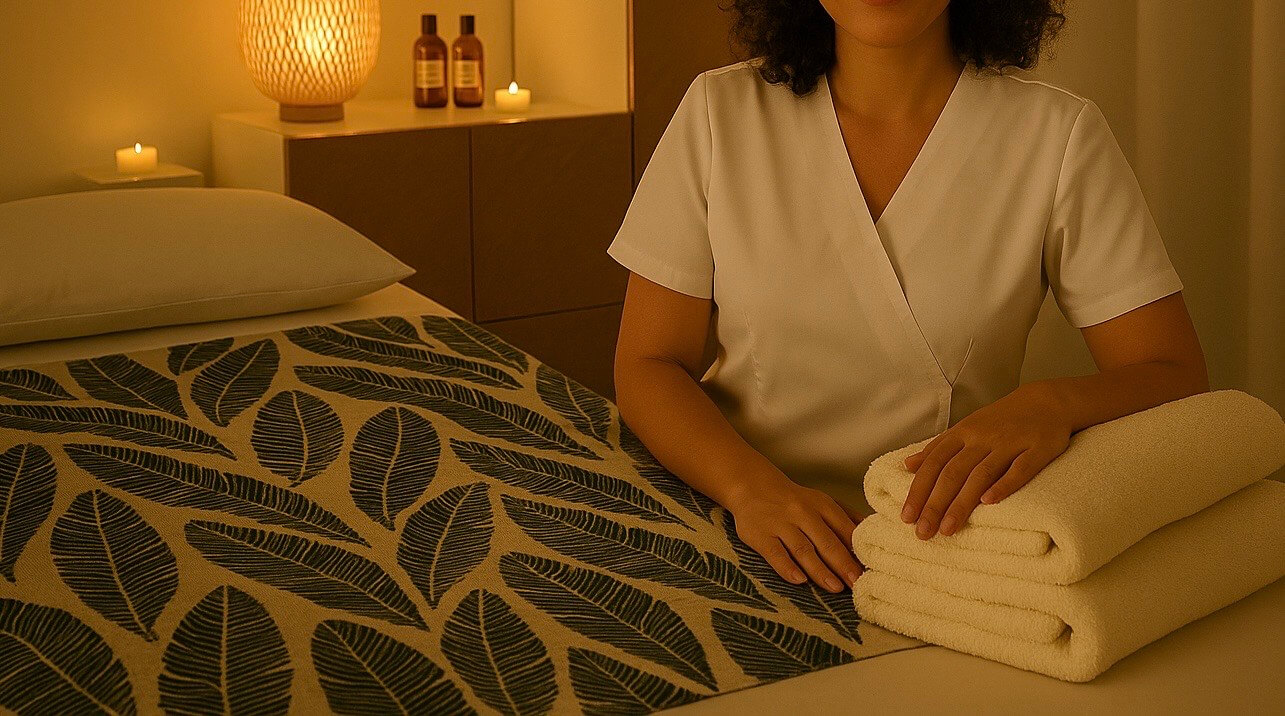
Boosting Self-Awareness with the Help of a Massage Therapist in Bath
One of the most valuable long-term effects of massage is how it deepens your awareness of your own body. You begin to recognize when you’re holding tension, what your limits are, and how your body responds to different types of stress.
That awareness becomes the foundation of better decisions in daily life: how you move, how you rest, how you manage your stress. Over time, massage becomes not just a treatment, but a tool for embodied self-care.
Specialized services such as pregnancy massage in Bath can offer targeted benefits and insights into how your body evolves through each stage of life.
Why Choosing a Holistic Massage Therapist in Bath Is a Smart Wellness Investment
Massage should no longer be seen as an occasional reward. When practiced consistently, it becomes a powerful ally for maintaining balance, health, and presence especially in a world that rarely slows down. Whether your goal is physical recovery, mental calm, or just better quality of life, making massage a regular part of your wellness plan is a smart and sustainable choice. With access to expert massage and reflexology treatments, affordable massage therapy in Bath, and a range of options like deep tissue, pregnancy, or couples massage in Bath, it’s easier than ever to find a solution tailored to your lifestyle.

Teresa - Your Spa Therapist
Massage therapist, facials and skincare with 5 star hotel experiences, an expert in a wide range of treatments.
Mediterranean Therapy
2 Hetling Court Bath - Tel: 07378275075
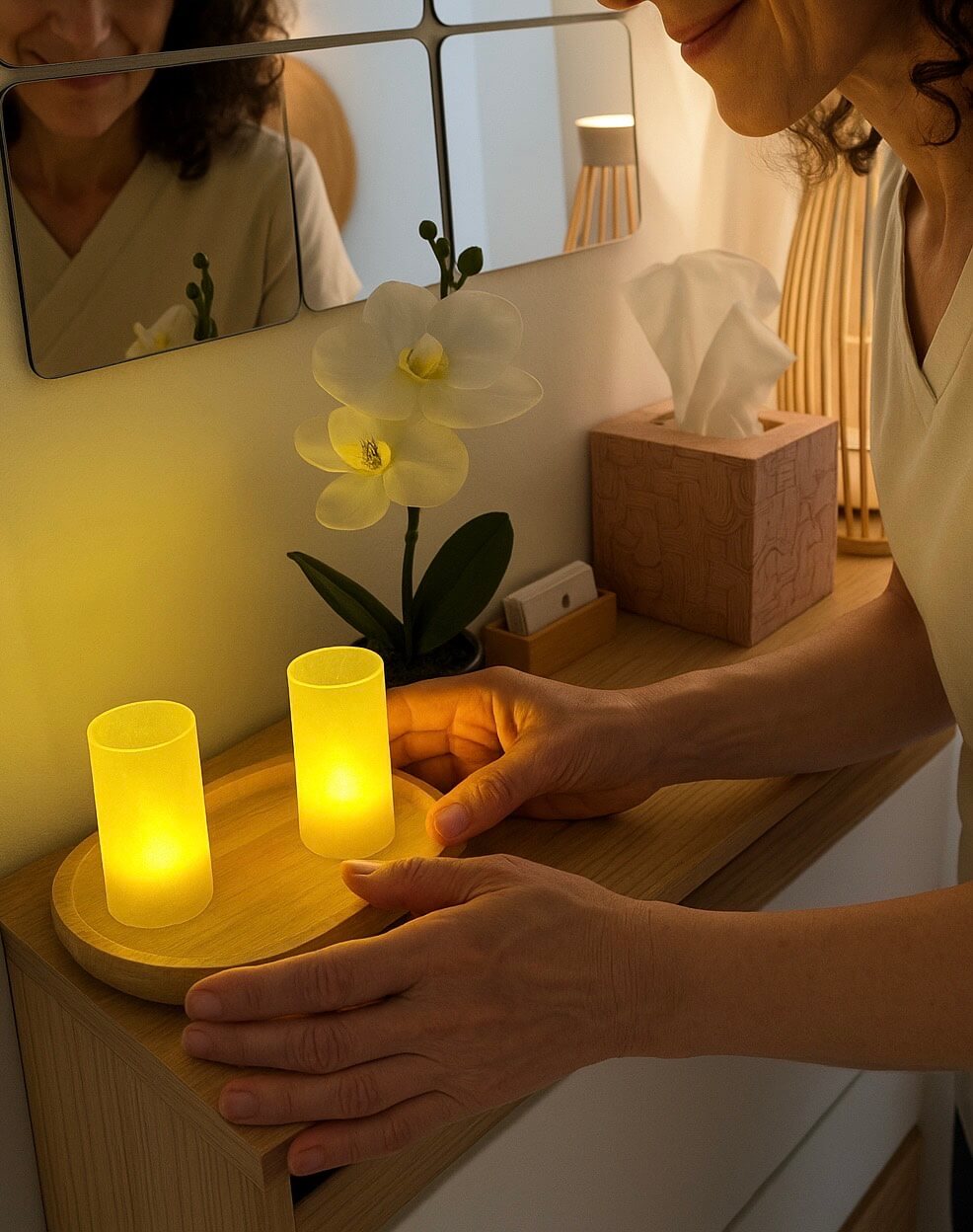
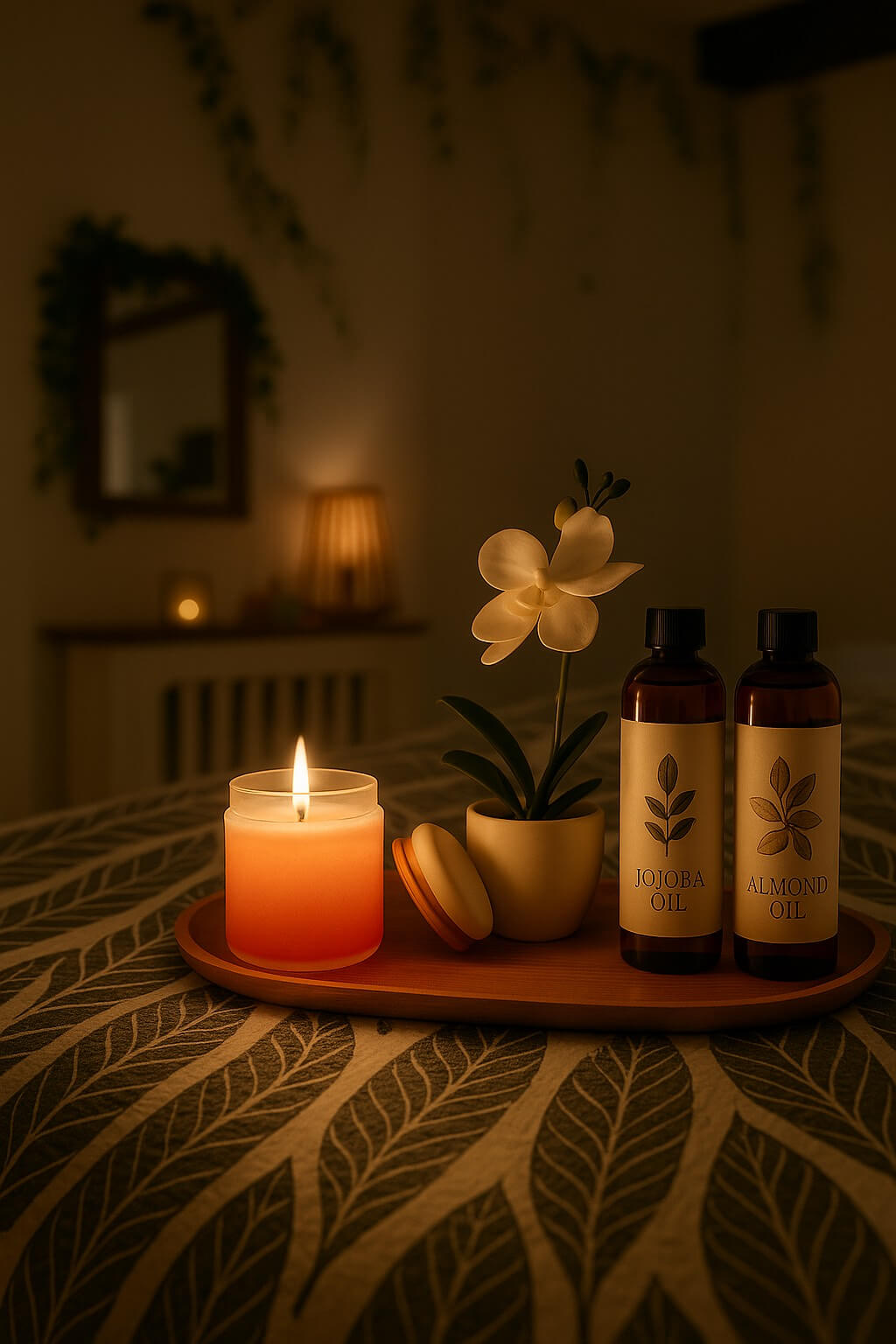
Massage Therapist Posts
Massage & Rejuvenation Services
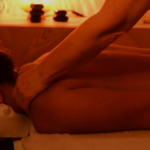 Back, Neck & Shoulder
Back, Neck & Shoulder30 mins – Click to Book!
£ 35 Couple Massage
Couple Massage1 hour – Click to Book!
£ 140 Deep Tissue Massage
Deep Tissue Massage1 hour – Click to Book!
£ 70 Lymphatic Drainage Massage
Lymphatic Drainage Massage1 hour – Click to Book!
£ 70 Hot Stone Massage
Hot Stone Massage1 hour – Click to Book!
£ 70 Pregnancy Massage
Pregnancy Massage1 hour
£ 70

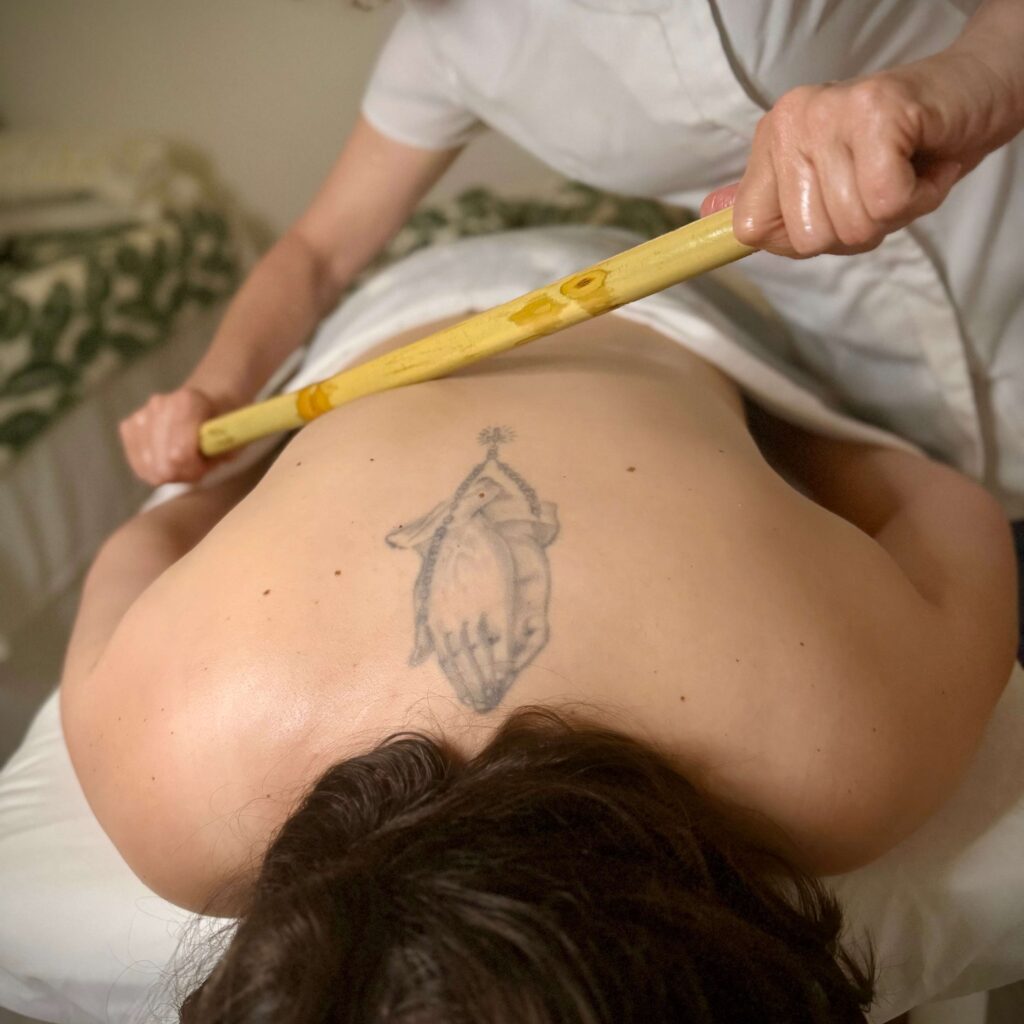
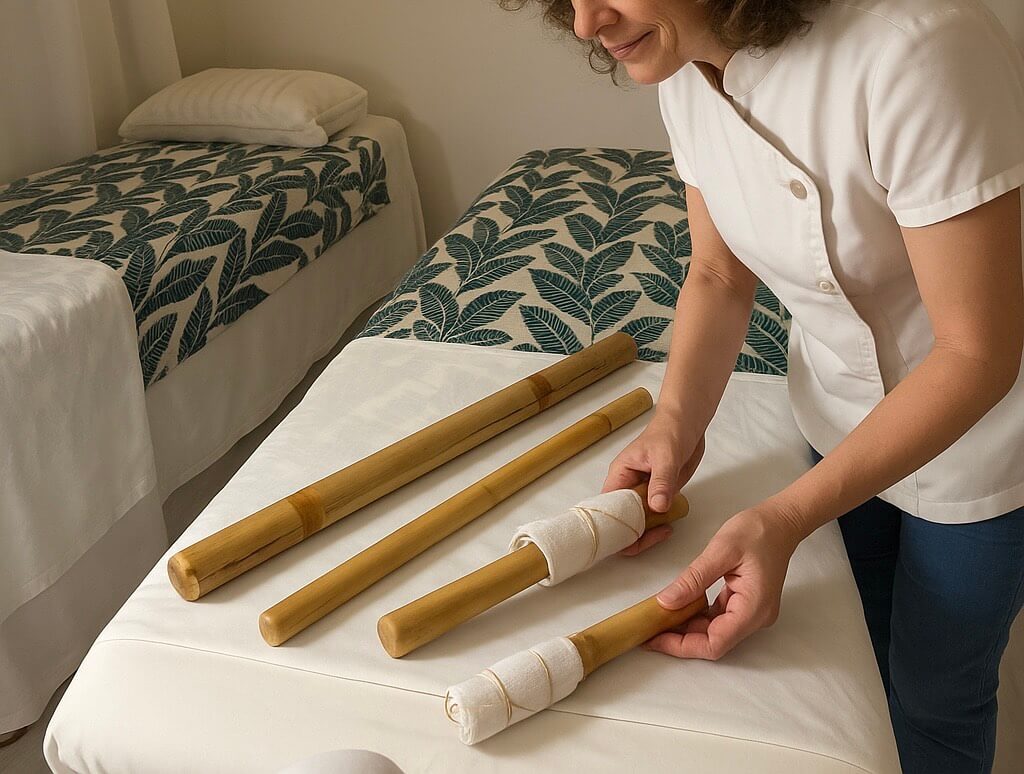

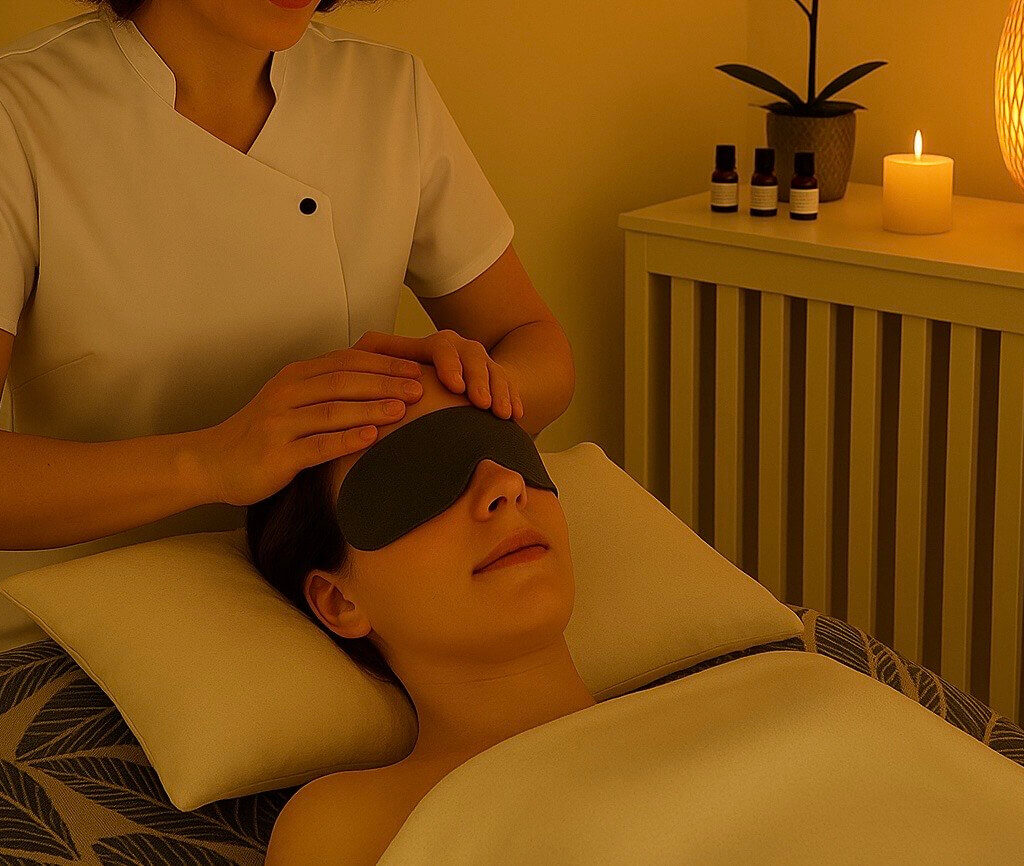
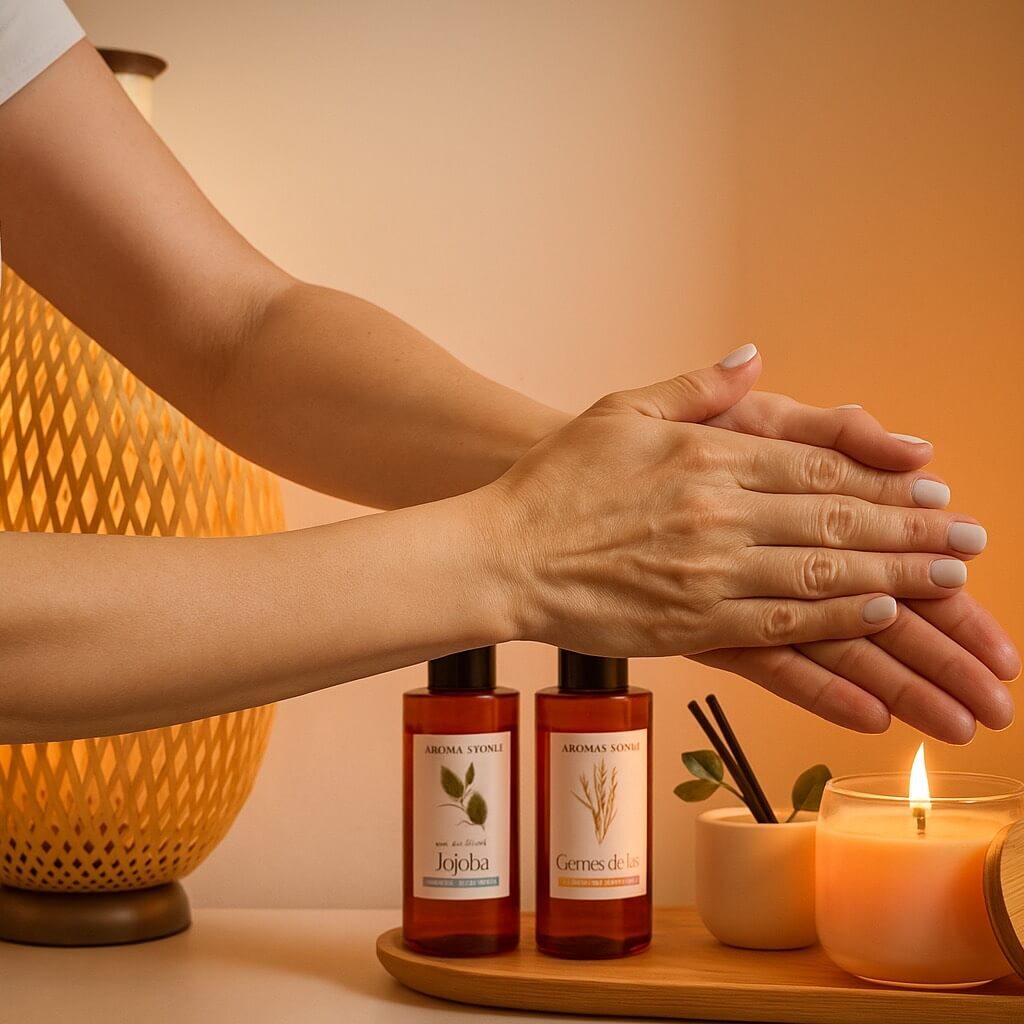

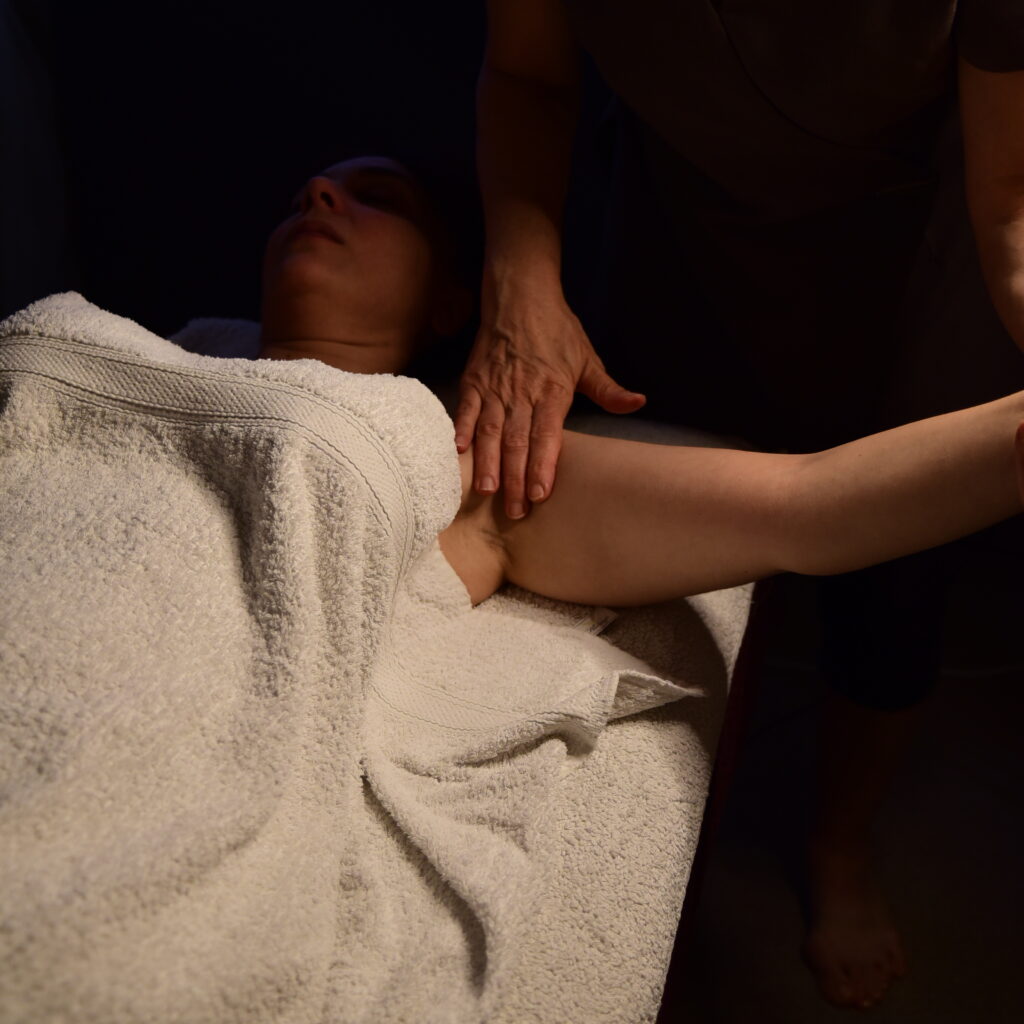
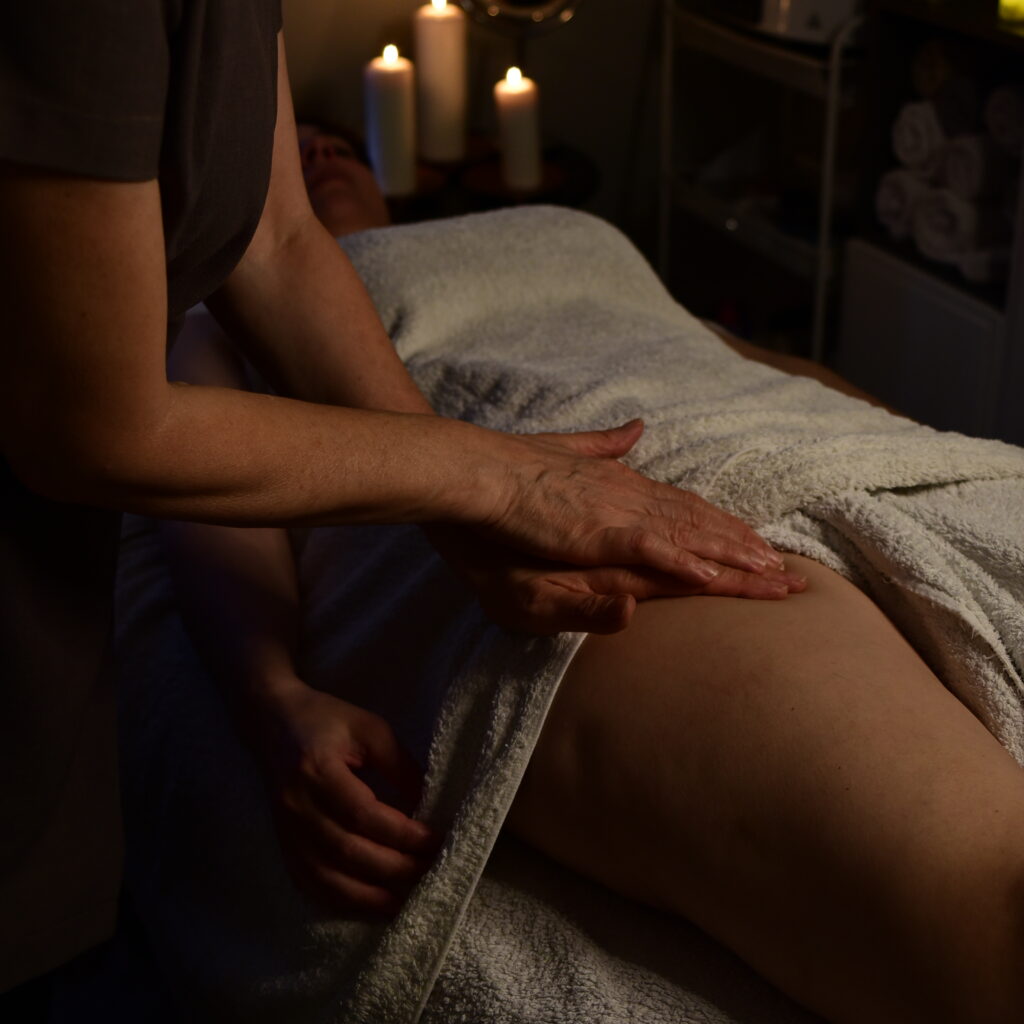
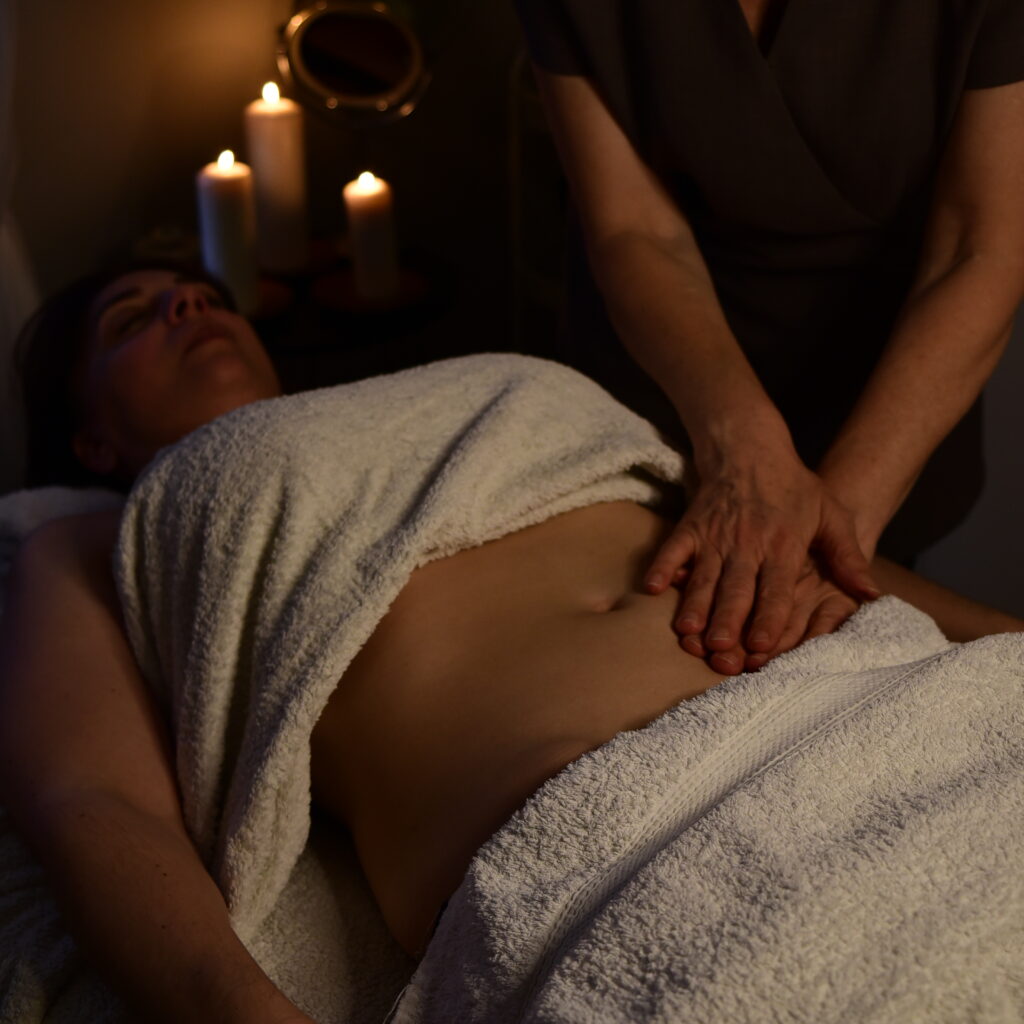
 My experience as a massage therapist has led me to a deep appreciation for the lymphatic system. Often overshadowed by the circulatory or nervous system, the lymphatic system is critical to maintaining health and vitality. Through my studies and practical experience, I have discovered the profound impact this system has on our overall well-being and its fascinating connections with our life energy. This is reflected in the principles of Chinese medicine, where meridians and lymph nodes are closely connected.
My experience as a massage therapist has led me to a deep appreciation for the lymphatic system. Often overshadowed by the circulatory or nervous system, the lymphatic system is critical to maintaining health and vitality. Through my studies and practical experience, I have discovered the profound impact this system has on our overall well-being and its fascinating connections with our life energy. This is reflected in the principles of Chinese medicine, where meridians and lymph nodes are closely connected.

 How to maintain lymphatic health
How to maintain lymphatic health